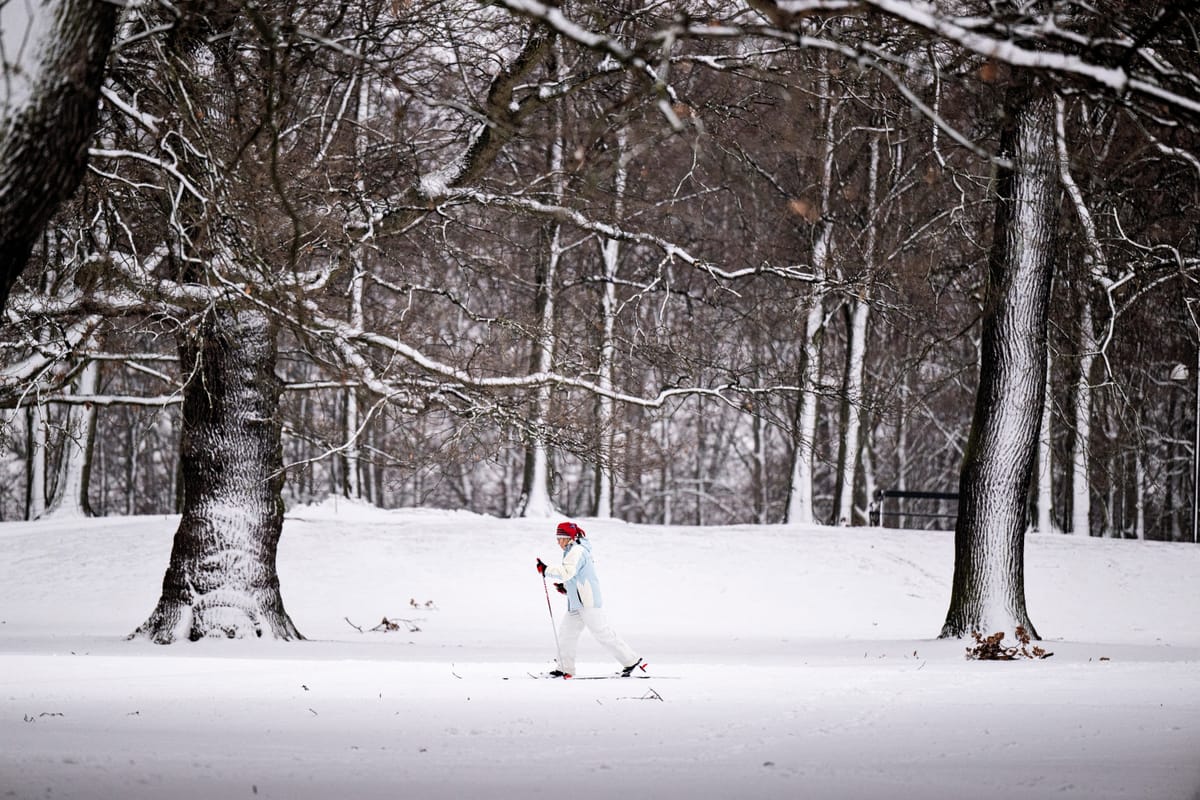We’re reaching a climate tipping point with the world’s snow in short supply
Climate change is continuing to wreak havoc on our planet, and now we’re seeing snowpack in decline.

A few minutes every morning is all you need.
Stay up to date on the world's Headlines and Human Stories. It's fun, it's factual, it's fluff-free.
You may want to reconsider that ski trip. Climate change is continuing to wreak havoc on our planet, and now we’re seeing snowpack in decline. Although there’s been talk of this for many decades, we’re quickly approaching a critical tipping point.
Regions that usually expect heavy snowfall on average have seen a drop in their snowpack in recent years; for example, by 45% in Italy and 35% in Northern California. Parts of Afghanistan have also experienced record lows. The US and Europe, particularly, are hotspots for disappearing snow. In fact, according to a study published last week in Nature, almost half of 169 Northern Hemisphere river basins have seen snowpack decline since 1981.
But ski trips and winter recreation are really the least of our worries. The term “snow drought” has been flying around, and while scientists are still figuring out how to precisely define the situation, it’s clear that things are changing and putting lives, livelihoods and infrastructure at risk.
For generations, people have lived in areas with mountain ranges, relying on the snow atop the mountains to melt in warmer weather and bring to life what lies down below. But, the study’s findings suggest that places that typically have average winter temperatures that exceed -8 C (17 F) are more sensitive to climate change and are at a tipping point that has increased the instability of their water sources.
“You’re not going to see a steady decline, of having 100% snowpack, to 80% snowpack, to 70%,” said Justin Mankin, associate professor in Dartmouth College’s Department of Geography and senior author of the study. “It’s going to be these years of, essentially, no snow.”
And this means a whole lot more than a snowboarding shortage. The ecosystem is a delicate network, and this could, well, snowball into broader problems for people, like impacting food production.
“We have all sorts of crops and other uses that used to receive the bulk of water in May and June for centuries,” said Francesco Avanzi, a hydrology and snow researcher at the CIMA Research Foundation in Savona, Italy. “They are not receiving it anymore with the same consistency.”
So now, cooperation is key in our warming world. Storing water for times of snow drought can be tricky to figure out and expensive. All of this is compounded by other threats, like less rainfall and hotter temps drying out the soil. Plus, snow coverage and water sources don’t adhere to the lines we draw on maps, so nations will have to work together to manage the situation across regions.
“Cooperation is critical, and it takes time,” said Rodica Nitu, project manager of the World Meteorological Organization’s Global Cryosphere Watch. “At the end of the day, behaviors need to change – yes, the reality is, things are dire – but to change in a way that makes sense.”




Comments ()